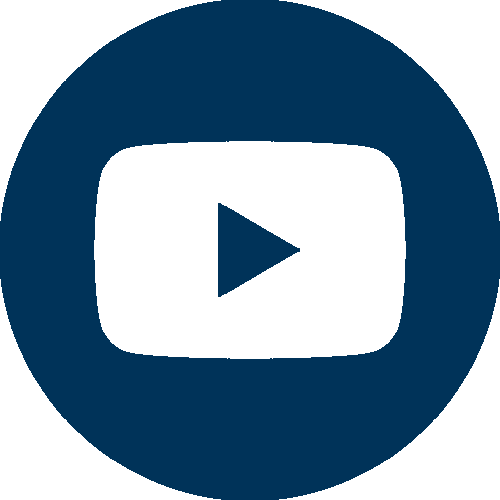Healing Arenas
Remembering Viva Pentelicus: From the Racetrack to Compassion and Connection – A Tale of Resilience
All Posts Press Releases Success Stories Aftercare Editorials Previous Post Remembering Viva Pentelicus This article was originally featured in the February 2024 Issue of BloodHorse Magazine in the Second Acts […]
Read More >













